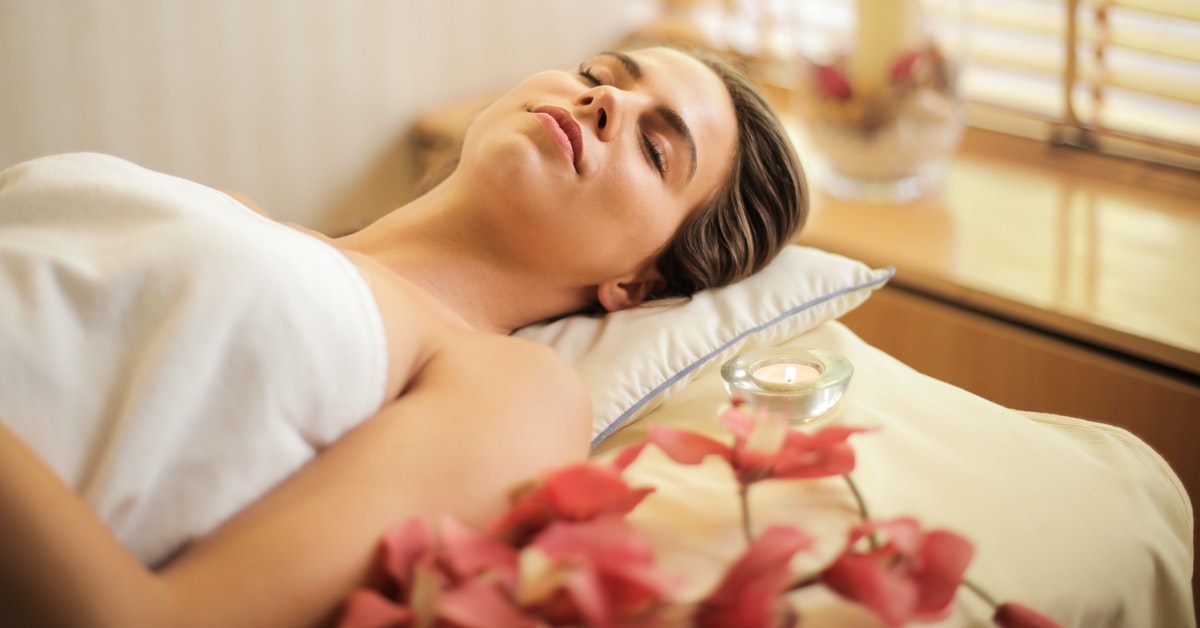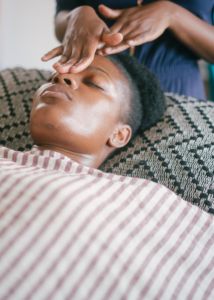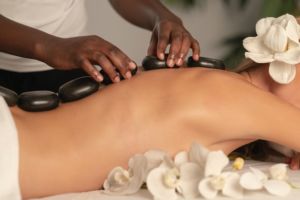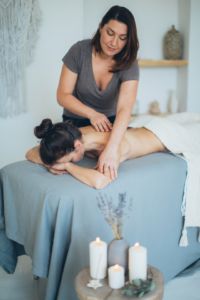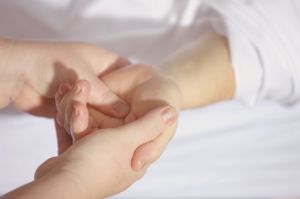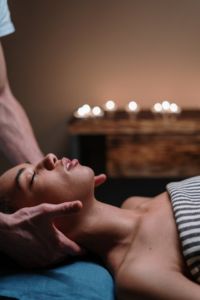Are you struggling with aches and pains? How about anxiety, depression, or stress? Massage can help relieve your pain, ease your anxiety, and improve your mood. Certain types of massages can also have other benefits like increasing circulation, boosting immunity and improving athletic performance. In most cases, you will feel better after your first massage, but lasting results usually require a regular commitment (once a month or so). Here are 7 types of massage that everyone should know about:
1. Swedish Massage
This is the most common type of massage in the U.S., and it’s probably what you think about when you hear the word “massage.” During a Swedish massage, your therapist will ask you what kind of pressure you prefer. You can choose anything from a very light touch to moderate pressure. Most Swedish massages don’t use deep pressure unless the client requests it on a specific area. Your therapist will use a variety of techniques, including long strokes in the direction of your heart, circular motions, kneading, and tapping. Swedish massages can help release knotted muscles, but they are gentle and suitable for people who are sensitive to touch or new to massage.
As with most of the massages covered in this article, you will need to remove your clothing for a Swedish massage. Your body will be covered with a sheet, and your therapist will uncover one area at a time. Most Swedish massages last for 60 to 90 minutes.
Choose a Swedish Massage to:
- Manage minor pain
- Relax
- Mildly stimulate circulation
- Improve mood (especially if essential oils are used)
2. Hot Stone Massage
A hot stone massage is similar to a Swedish massage, except that hot stones are used alongside the therapist’s hands. The heat helps to loosen muscle tension before your therapist massages you. Sometimes the stones are used to massage instead of the therapist’s hands. As with the Swedish massage, you can request the level of pressure you are comfortable with. Hot stone massages typically last 90 minutes. Drink plenty of water after a hot stone massage to encourage your body to cleanse toxins that the massage has helped to release from your muscles.
Choose a Hot Stone Massage to:
- Relax muscle tension
- Relieve stress and anxiety
- Improve blood flow
- Alleviate pain
3. Trigger Point Massage
Trigger point massage is appropriate for people dealing with chronic muscle pain and tension or injuries. Areas of tight muscle tissue, called trigger points, can cause muscle pain and stiffness. Sometimes they can cause pain in areas distant from the trigger point itself. Trigger point massage uses deep pressure to release these trigger points and alleviate pain. The therapist will also use lighter pressure and flowing strokes to release tension throughout the body. This is one difference between a trigger point massage and a deep tissue massage. The latter uses deep pressure all over the body.
You can sometimes wear loose clothing for a trigger point massage or be partially or fully unclothed. It will usually last 60 to 90 minutes.
Choose a Trigger Point massage to:
- Aid healing injuries
- Treat chronic pain and stiffness
4. Deep Tissue Massage
Deep tissue massage uses slow strokes and deep finger pressure to release tension from the deepest layers of muscle and connective tissue. People who are sensitive to pressure should avoid this massage. If you are not sensitive to pressure, a deep tissue massage may still feel intense, but it shouldn’t be painful. If you have trigger points (or if your therapist discovers some during the massage), deep tissue techniques can be used to release them. Your therapist may ask you to breathe deeply while they massage especially tense areas. You can expect a deep tissue massage to last 60 to 90 minutes.
Choose a Deep Tissue Massage to:
- Aid recovery from an injury
- Help reduce chronic muscle pain from old injuries, postural problems, etc.
- Relieve anxiety
- Improve circulation
5. Pregnancy Massage
Pregnancy comes with some uncomfortable side effects, including back and hip pain. Pregnancy massage (sometimes called prenatal massage) offers a safe way for pregnant women to find relief. During a pregnancy massage, you will either lie on your side or face-down on a table with a cutout for your belly. Your therapist will use gentle pressure and techniques similar to a Swedish massage. She will focus on areas that are bothering you, such as your low back, hips, and thighs.
Choose a Pregnancy Massage to:
- Relieve mild pain, tension, and stress associated with pregnancy
6. Sports Massage
Sports massages focus on specific goals related to athletic or repetitive use injuries, as well as recovery and performance. The massage can include the whole body or just one area. Sometimes this type of massage can be performed over loose clothing. The therapist will tailor the massage to the specific issue being treated and may use a combination of light and deep pressure. In addition to treating sports injuries, a sports massage can help prevent them by improving flexibility.
Choose a Sports Massage to:
- Treat pain, stiffness, and swelling associated with an athletic or repetitive use injury.
- Increase flexibility and relieve muscle tension
- Shorten recovery time
7. Lymphatic Drainage Massage
This type of massage doesn’t deal with muscle tension or pain. It focuses specifically on encouraging the healthy flow of lymph and draining swollen lymph nodes. People with lymphatic swelling from injuries, fibromyalgia, and recent infections can benefit from lymphatic drainage. If you suffer from other health conditions, including blood clots and cancer, you should consult a doctor before you have a lymphatic massage.
The lymph system is an integral part of our immune system, but lymph fluid isn’t actively pumped through the body the way the heart pumps blood. Sometimes it needs some help, and that’s where lymphatic massage comes in. During a lymphatic drainage massage, the therapist uses gentle motions to encourage lymph circulation and help drain swollen areas.
Choose a Lymphatic Drainage Massage to:
- Treat lymphatic swelling
- Boost the immune system
- Fight fatigue
- As part of a treatment plan for certain chronic conditions


